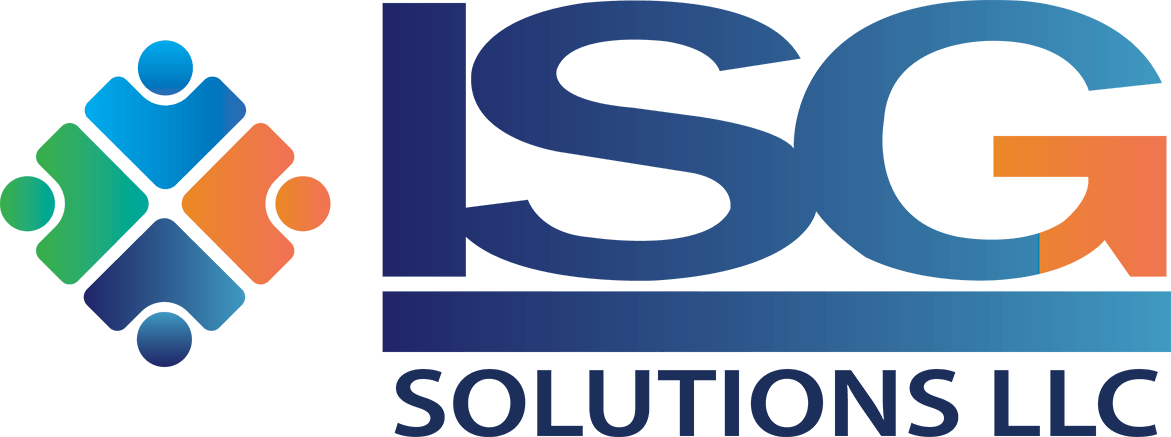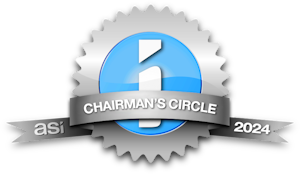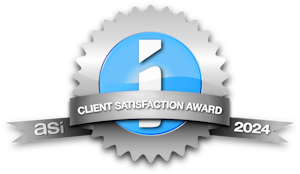
No. That’s not the meaning of SSO, but that might be what it can bring to your association. Single Sign-On (SSO) is a system for authenticating users. It allows them to log in once, and provides the ability to access all the software, systems and data they are authorized to use without having to sign in separately for each system. Similarly, when they sign out, they are logged out from all the systems.
Why is this important for your association?
Associations’ websites often are comprised of several independent systems. You might have a member portal, ecommerce payment system, event registration system and learning management system all connected behind the scenes.
Members must provide authentication, usually by entering a password, but sometimes by answering a security question when they want to access secure areas of your system. Once authenticated, they are granted permission to access the specific applications and data.
Each system is built with its own security system, and without integration members will have to login separately to each system. That’s not the quality user experience you want to deliver.
How can you provide both privacy and security to your members?
It is possible to write custom software that integrates logins from multiple systems, but why reinvent the wheel? Security Assertion Markup Language (SAML) is an industry standard method for exchanging that permission. All applications that use SAML are doing things in the same way, so it is easier to unify them.
We like to explain SAML by saying that it is similar to Bluetooth technology. When you buy a new car, you don’t need to buy a new phone too. You just reconfigure your existing phone and connect it to your car via Bluetooth.
How can ISG help?
ISG Solutions has developed an SAML SSO module that makes it easy to connect the various systems you are using and provide a unified login to your members and other visitors.
With ISG’s SAML SSO module, your integration is implemented using industry standards. This means that once your integration is complete, you can come back – even years later – and make changes easily. For example, you could switch to a different Learning Management System (LMS) or Content Management System (CMS) just by making some configuration changes. There is no need to rebuild the integration.
If you want to deliver a higher quality member experience – while ensuring that everyone has access to the right things and nothing else – let’s talk about how SAML SSO can work for you.


